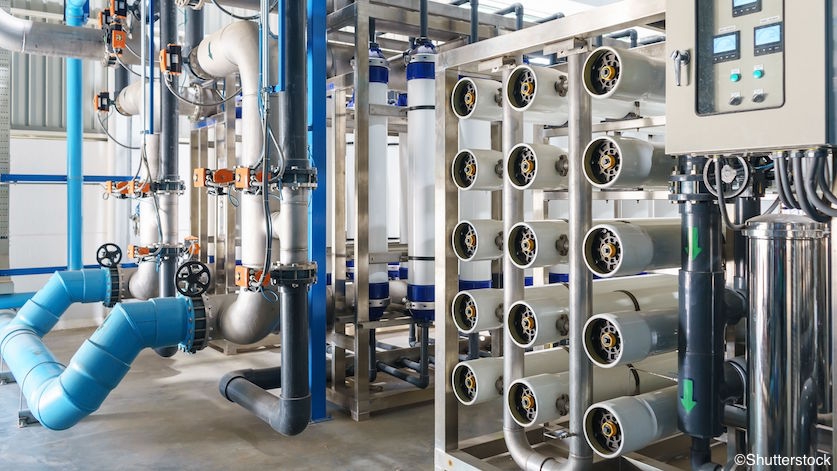
The wastewater treatment equipment market was worth over $35 billion in 2015, and is expected to reach more than $55 billion by 2023. Increasing demands for water, alongside a trend in recycling and reusing this precious resource, are two reasons for the growth. End-user industries – power generation, pharmaceuticals, paper, oil & gas, food & beverage and general industrial – are also driving the water treatment industry. A leading water filtration equipment manufacturer designed an advanced self-cleaning filtration system, but it needed an equally innovative pressure sensor solution to make it work. It’s not easy to accurately measure pressure in particle-laden, contaminated media. WIKA’s pressure experts worked closely with the OEM to come up with a custom solution that saves end users time and money.
The proposed filtration system required that technicians clean the filters at pre-determined intervals. There are two problems with this method, both of which come at a cost to the end user:
- If the filters weren’t too dirty, the workers would have wasted their time.
- If the filters were too dirty, the wastewater treatment system would have been working inefficiently for quite some time.
Challenge: Automating a Labor-Intensive System
A global manufacturer and supplier of advanced filtration technologies set out to address this fundamental problem with a game-changer: a self-cleaning filtration system. It would save end users money by eliminating the need for a technician to manually clean the filter. And by not letting the filters become too clogged, the system would ensure that the water treatment plant runs efficiently at all times.
To bring this device to life, however, the engineers needed a high-quality sensor that could monitor the differential pressure across inlet and outlet to accurately enact the filter’s self-cleaning mechanism. Standard pressure sensors did not work well, as they were not protected from the solids and particulates found in wastewater. Clogged sensors give inaccurate and/or erratic pressure readings, which activated the self-cleaning mechanism at incorrect times – enabling the cleaning mechanism when throughput was actually adequate and cleaning was not needed, or not enabling it when throughput was down.
The manufacturer needed a pressure sensor solution that is highly accurate, rugged, configurable, and enables remote monitoring. That’s when they contacted WIKA USA.

